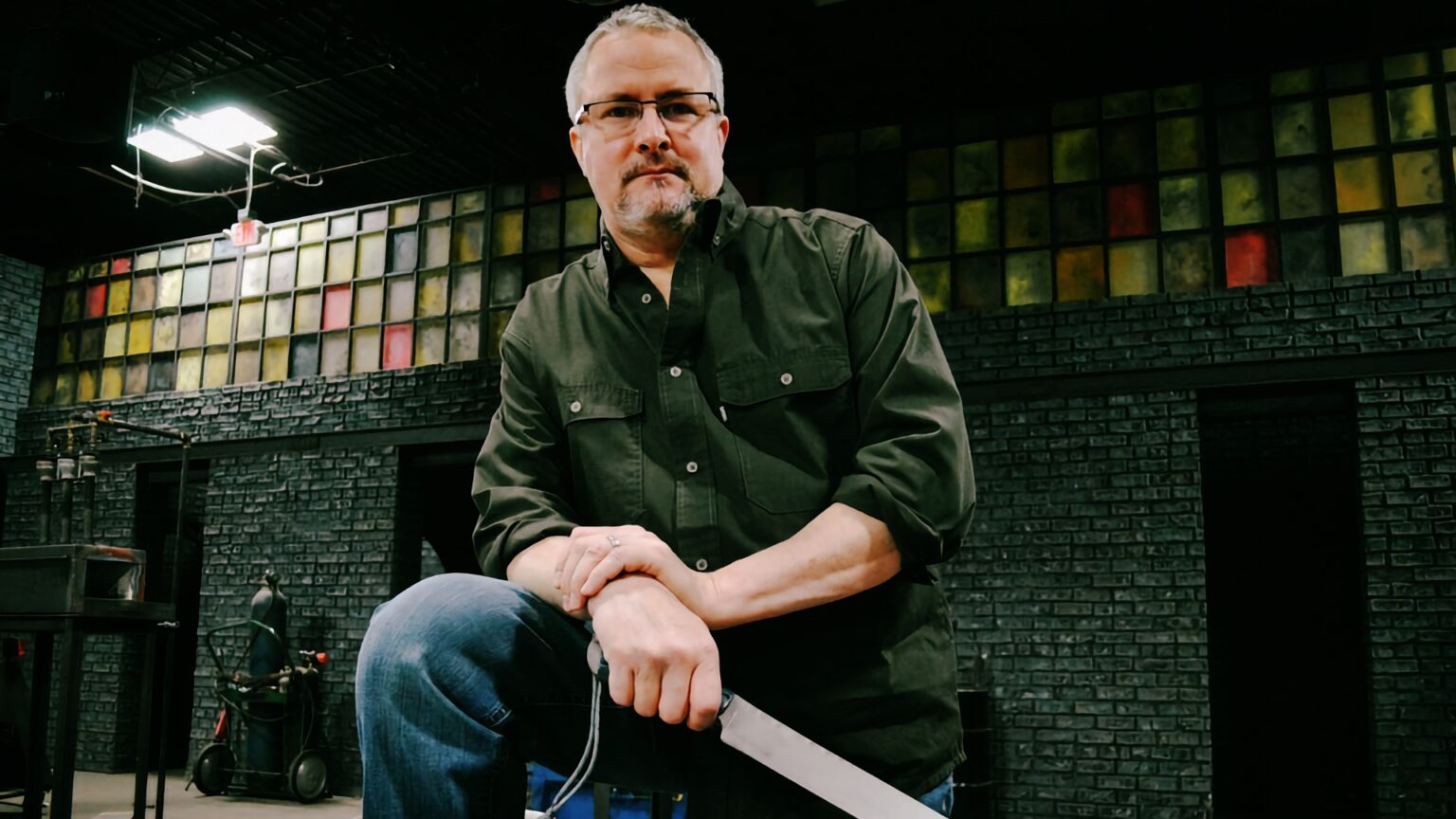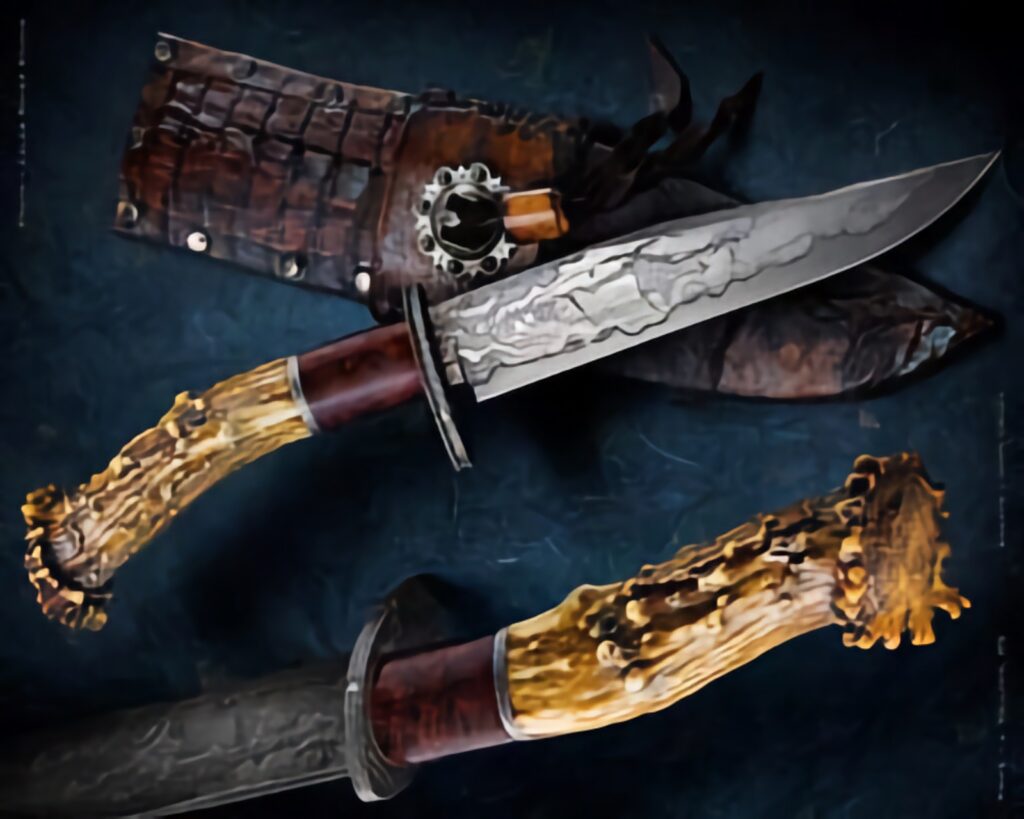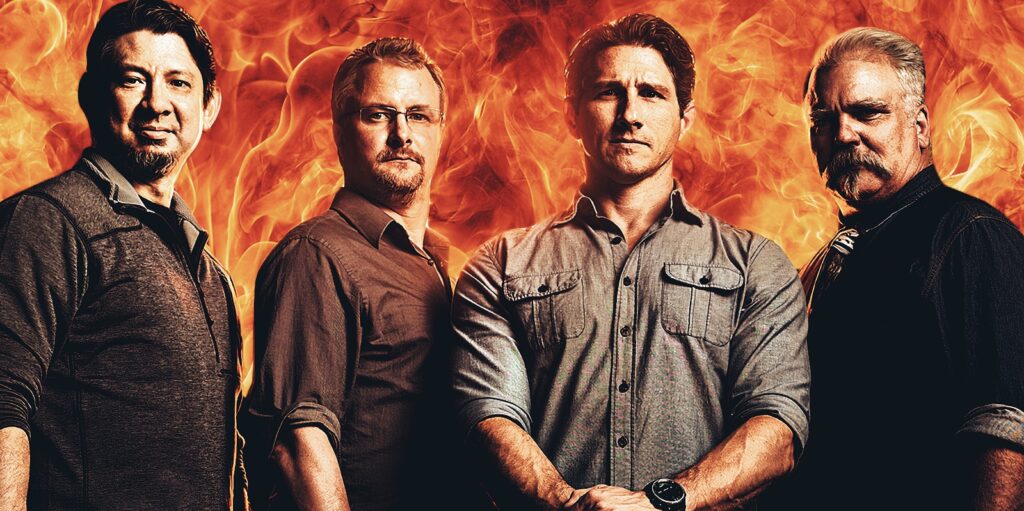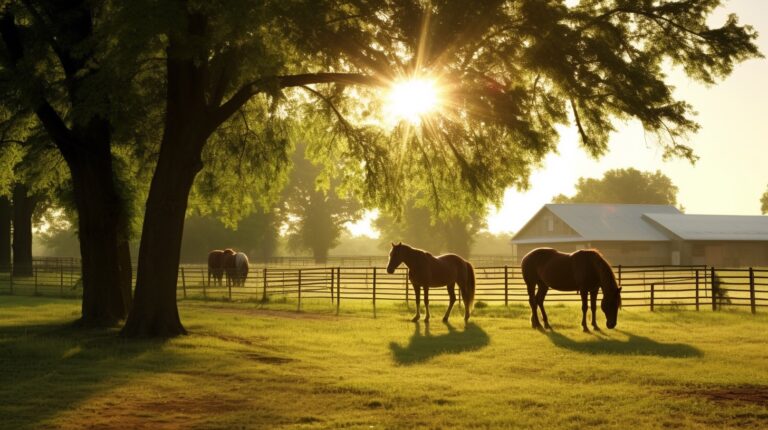James Neilson, commonly known as J Neilson, is a renowned bladesmith best known for his appearances on the History Channel show Forged in Fire and his expertise in crafting high-quality, custom knives.
To be clear, he is one of the best in the world.
The bladesmith’s art is a craft of patience and care. With skill and dedication, rough iron is shaped into a tool of beauty and function.
Unknown
He comes from Pennsylvania, USA, where he developed a deep interest in the art of bladesmithing and has been a professional bladesmith for more than 20 years, and earned his Mastersmith rating in 2008 from the American Bladesmith Society (ABS), which is one of the highest ratings in the world, if not the highest.
He has a signature ‘barefoot style’ of bladesmithing, meaning that he usually works barefoot in his workshop.
A knife is a simple tool, yet in the hands of an artisan it becomes something more – a work of functional art.
Jay Fisher
Forged In Fire
Forged in Fire is a competition series that airs (or aired) on the History Channel, premiering in 2015 and quickly garnering popularity for its focus on the art of bladesmithing.
It closely rivals Game of Thrones as one of my favourite shows.
In each episode, four bladesmiths compete in a three-round elimination contest to forge bladed weapons, with the overall winner receiving $10,000.
Judges determine the blade style and size in the first round. After this round, the judges will eliminate one contestant based on blade quality and craftsmanship.
The three remaining contestants add handles and other details to their blades in the second round. Another contestant has exited this round.
The final round sees the two smiths recreate a historical weapon in their home workshops. After five days, they return and test their weapons with the judges. Winners are those with weapons that meet challenge parameters and pass judges’ tests.
It might be pumped up for television entertainment, but the bladesmithing is real and inspirational.
So much so, in fact, that I did a short course in which I made my own knife.
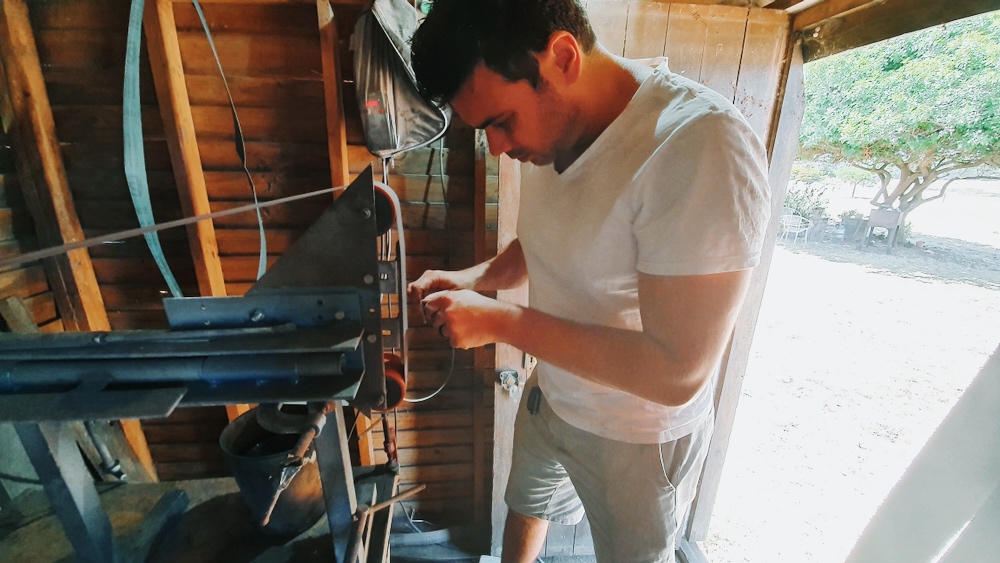
Quick history of bladesmithing
Bladesmithing dates back thousands of years, with early blades made from flint, obsidian, and chert during the Stone Age. Metallurgists crafted blades from copper, bronze, and iron as their techniques advanced.
Bladesmithing emerged as a distinct craft around 3000 BC during the Bronze Age, flourishing in ancient civilizations such as Egypt, Mesopotamia, India, and China.
As metallurgy progressed, bladesmithing advanced significantly in medieval Europe and Asia, resulting in the production of steel alloys with increased hardness and strength. Indian blade production widely used Wootz steel, also known as Damascus steel.
Damascus is beautiful.
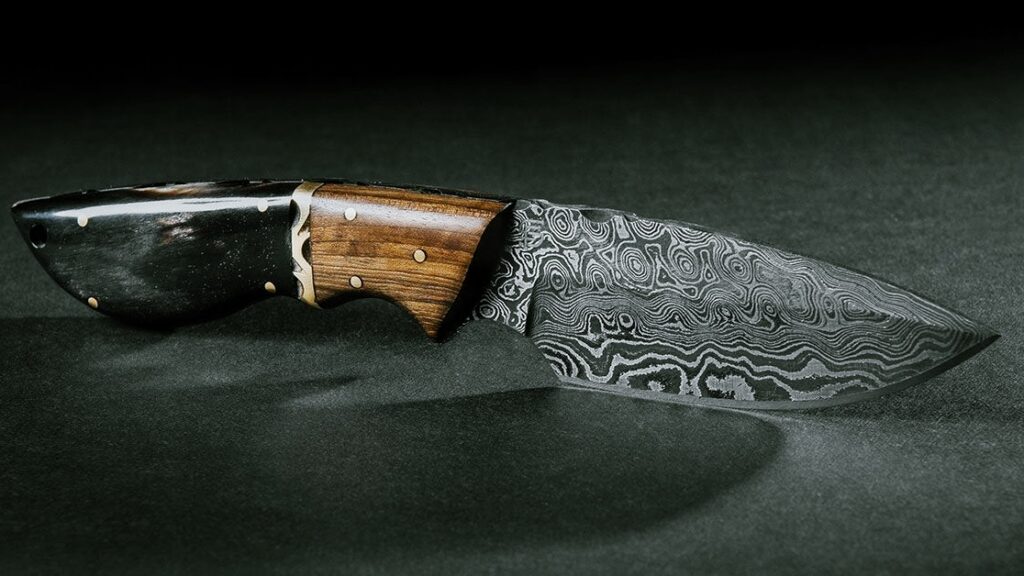
Skilled bladesmiths created high-quality swords, daggers, and other bladed weapons, and guilds formed to systematically teach and advance skills.
Bladesmithing emerged early in America, with blacksmiths migrating to acquire skills necessary for frontier life. Following the American Revolution, bladesmithing remained a cottage industry that served local communities.
While mass production of cutlery began in the late 19th century, custom bladesmithing has survived to the present day.
Enter J Neilson.
Here’s my conversation with him.
A blade is more than steel and fire, it is a piece of the smith’s soul. In each line and curve lies their passion for the craft.
Toshimitsu Irie


